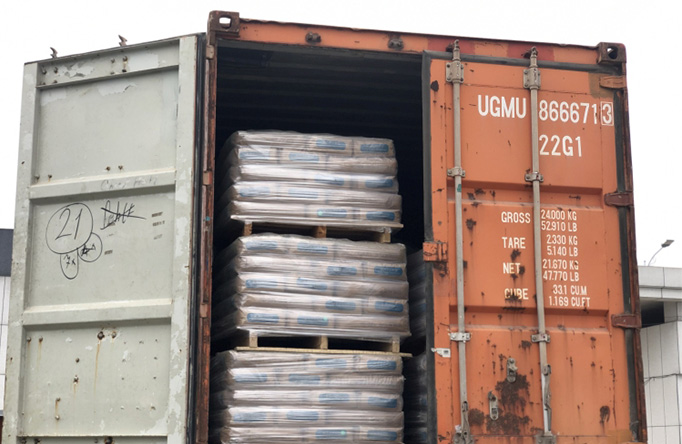How to choose furnace lining material
Furnace lining is an essential component in the manufacturing process of various industrial products. It is a protective layer that covers the inner walls of the furnace to prevent damage from high temperatures, chemical reactions, and mechanical abrasion. Choosing the right furnace lining material is crucial to ensure the longevity and efficiency of the furnace. In this article, we will discuss the key factors to consider when selecting furnace lining material.

1. Temperature Resistance
The primary function of furnace lining is to withstand high temperatures. Therefore, it is essential to choose a material that can withstand the temperature range of the furnace. The temperature resistance of the lining material depends on its melting point and thermal conductivity. Refractory materials such as ceramic fiber, castable refractory, and firebrick are commonly used for high-temperature applications.
2. Chemical Resistance
Furnace lining is also exposed to various chemicals and gases during the manufacturing process. The lining material should be resistant to chemical corrosion and erosion. The chemical resistance of the lining material depends on its composition and structure. Acid-resistant bricks, high alumina bricks, and silicon carbide bricks are commonly used for chemical resistance.
3. Mechanical Strength
Furnace lining material should have excellent mechanical strength to withstand the mechanical abrasion caused by the movement of materials during the manufacturing process. The mechanical strength of the lining material depends on its density, porosity, and composition. Dense refractory materials such as fireclay bricks, castable refractory, and silica bricks are commonly used for mechanical strength.
4. Thermal Insulation
Furnace lining material should also have good thermal insulation properties to reduce heat loss and improve energy efficiency. The thermal insulation of the lining material depends on its thermal conductivity and porosity. Lightweight refractory materials such as ceramic fiber, insulation bricks, and vermiculite boards are commonly used for thermal insulation.
5. Cost
The cost of furnace lining material is also an important factor to consider. The cost of the lining material depends on its composition, structure, and availability. Refractory materials such as ceramic fiber and castable refractory are cost-effective options, while high-end materials such as silicon carbide and alumina are more expensive.
In conclusion, choosing the right furnace lining material is crucial for the longevity and efficiency of the furnace. The selection of lining material should be based on the temperature resistance, chemical resistance, mechanical strength, thermal insulation, and cost. By considering these factors, you can select the best lining material for your furnace and ensure its optimal performance.

